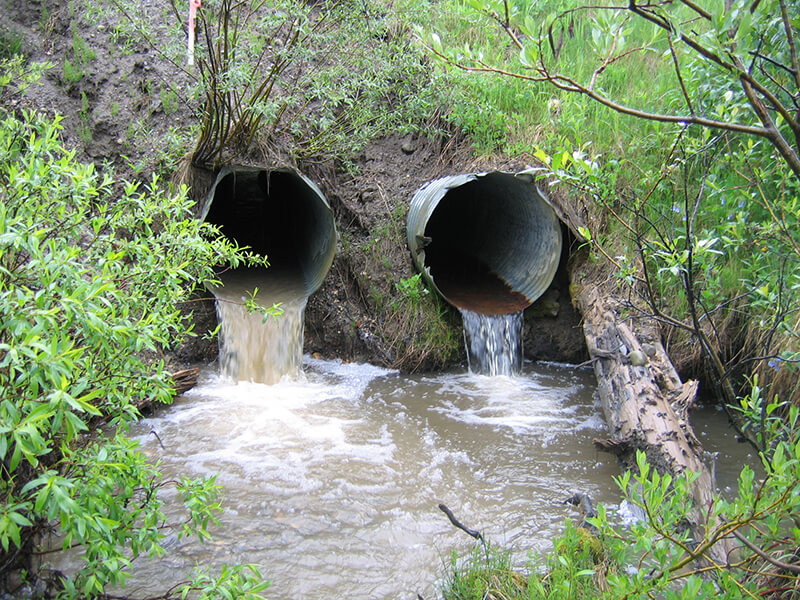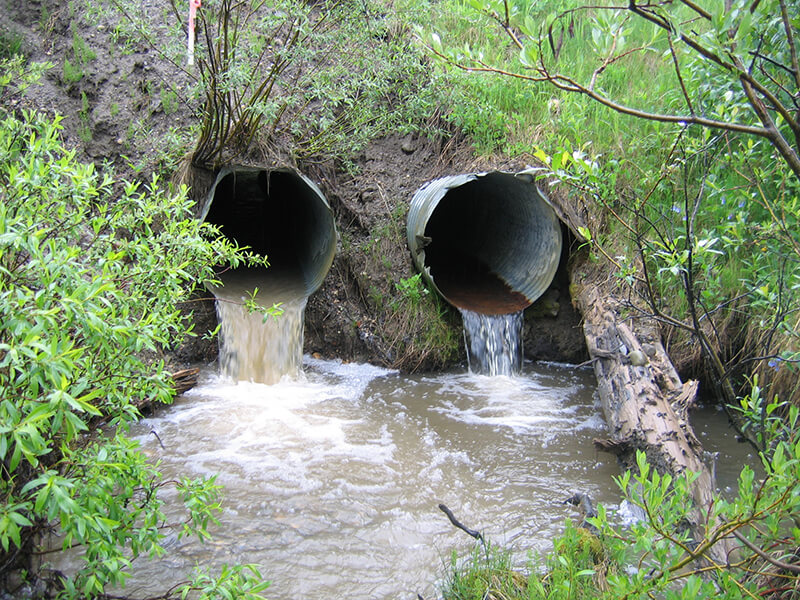
Understanding the impact of culverts on fish communities and optimization tools for mitigation efforts
This project analyses how culverts change streams and their fish communities. The analysis provides the information needed for cost-effective remediation of stream crossings. The research is in the Simonette River in the foothills natural region, and is conducted by Bryan Maitland for his MSc thesis.
Industrial resource development in Canada’s boreal forest has resulted in several thousand hanging culverts and many other stream crossing structures. These structures disrupt ecological connectivity in streams, which degrades and reduces available fish habitat.
This project determines and compares the characteristics of culverted, bridged and undisturbed streams. Differences in depth, water velocity, turbidity, temperature and dissolved oxygen are recorded, as well as any changes in fish communities.
Once the impact of these stream crossings has been determined, cost-benefit curves can be developed to prioritize habitat restoration.
Project is underway
Field season is underway
Bryan M. Maitland publishes his MSc thesis for the University of Alberta
Bryan M. Maitland publishes in Freshwater Ecology








